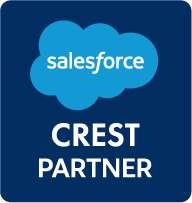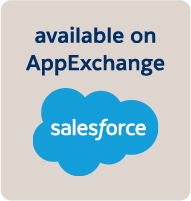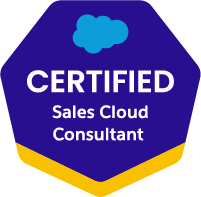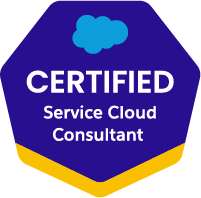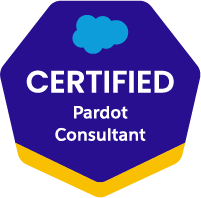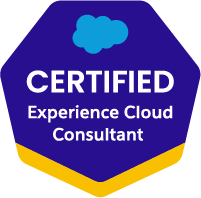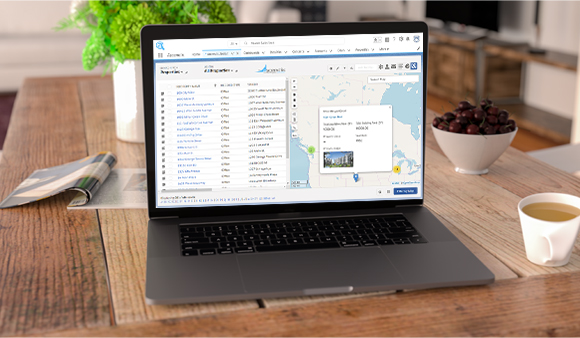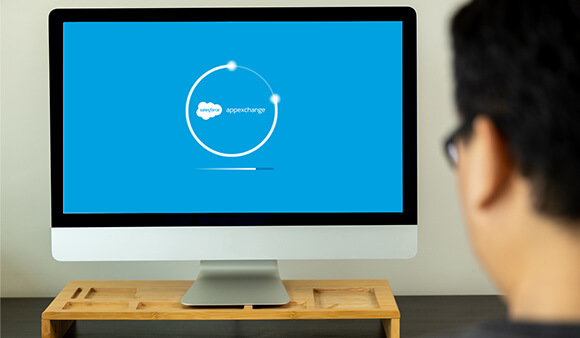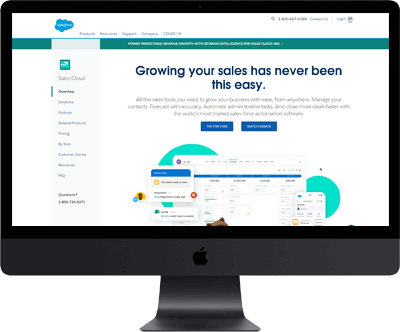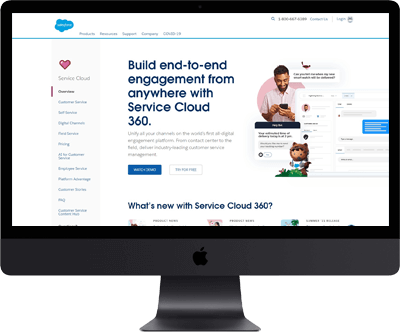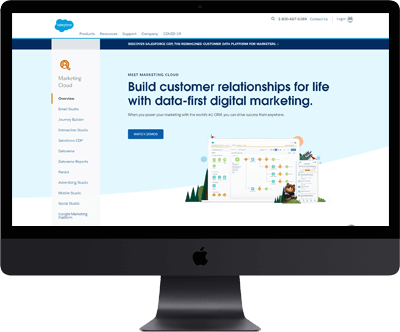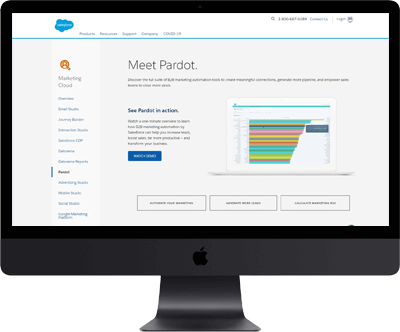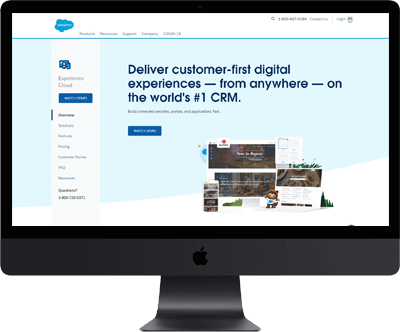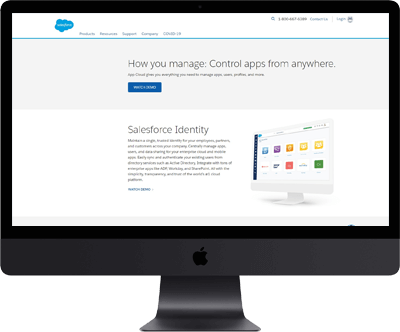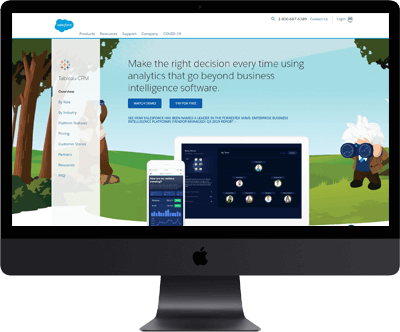Professional Salesforce implementation services and elimination of the CRM implementation complexities by a team of experienced Salesforce consultants.
Expert Salesforce implementation services can increase lead conversion by 28%, sales revenue by 28%, and customer retention by 45%.
Since 2001, Ascendix provides world-class Salesforce implementation services, including health check and audit, consulting, data migration, configuration and optimization, CRM customization and custom development, integration, administration, and support.
For 20+ years in the CRM business, we’ve helped 300+ small and enterprise-level businesses to implement Salesforce and adjust solutions to the needs of their teams, built 17 CRM tools and apps, and built a strong team of 200+ professionals from the USA and Europe. All our achievements are reflected in 100+ reviews on Clutch.co and AppExchange.
